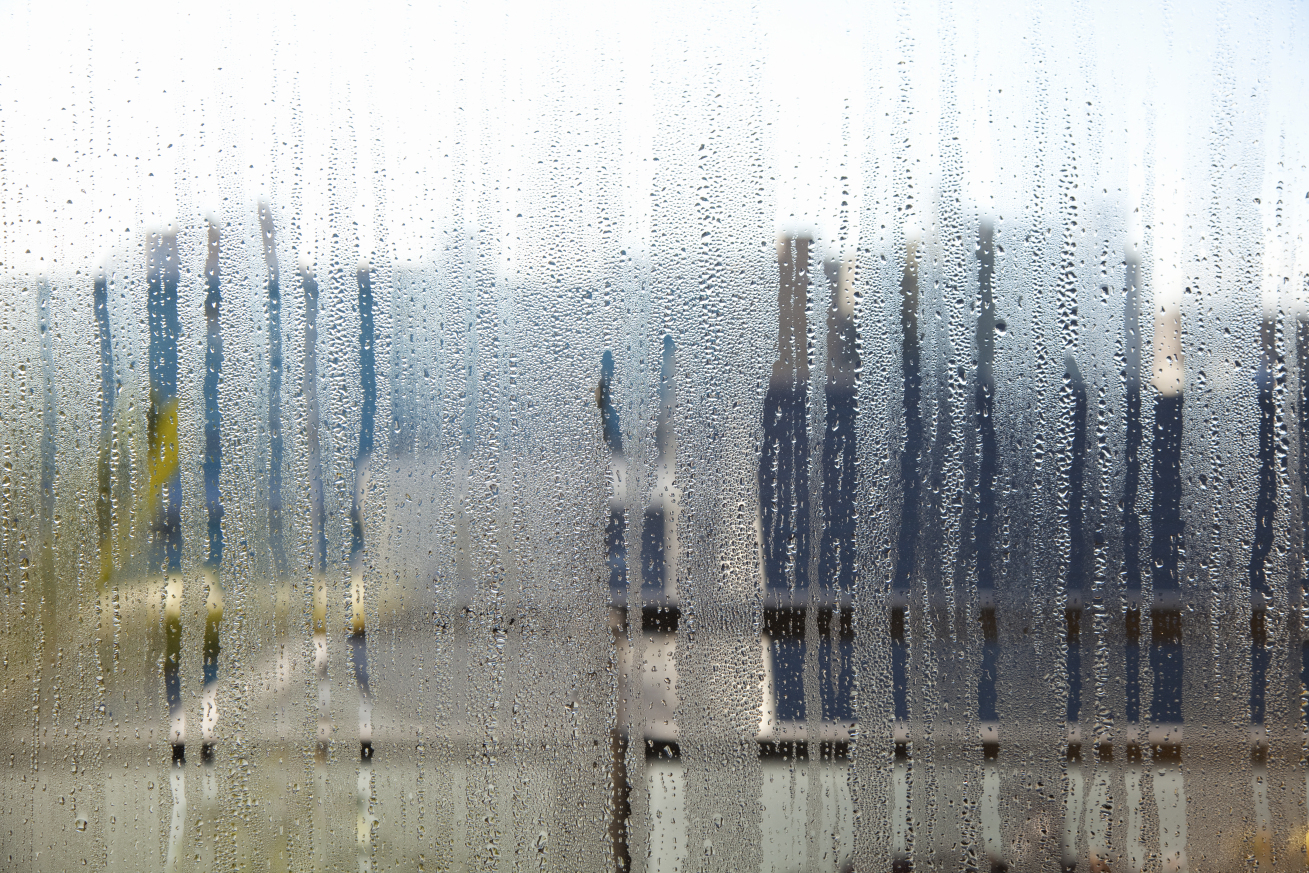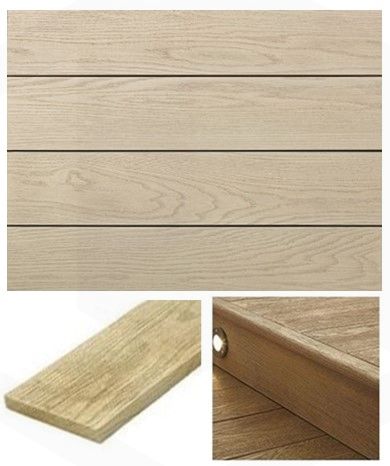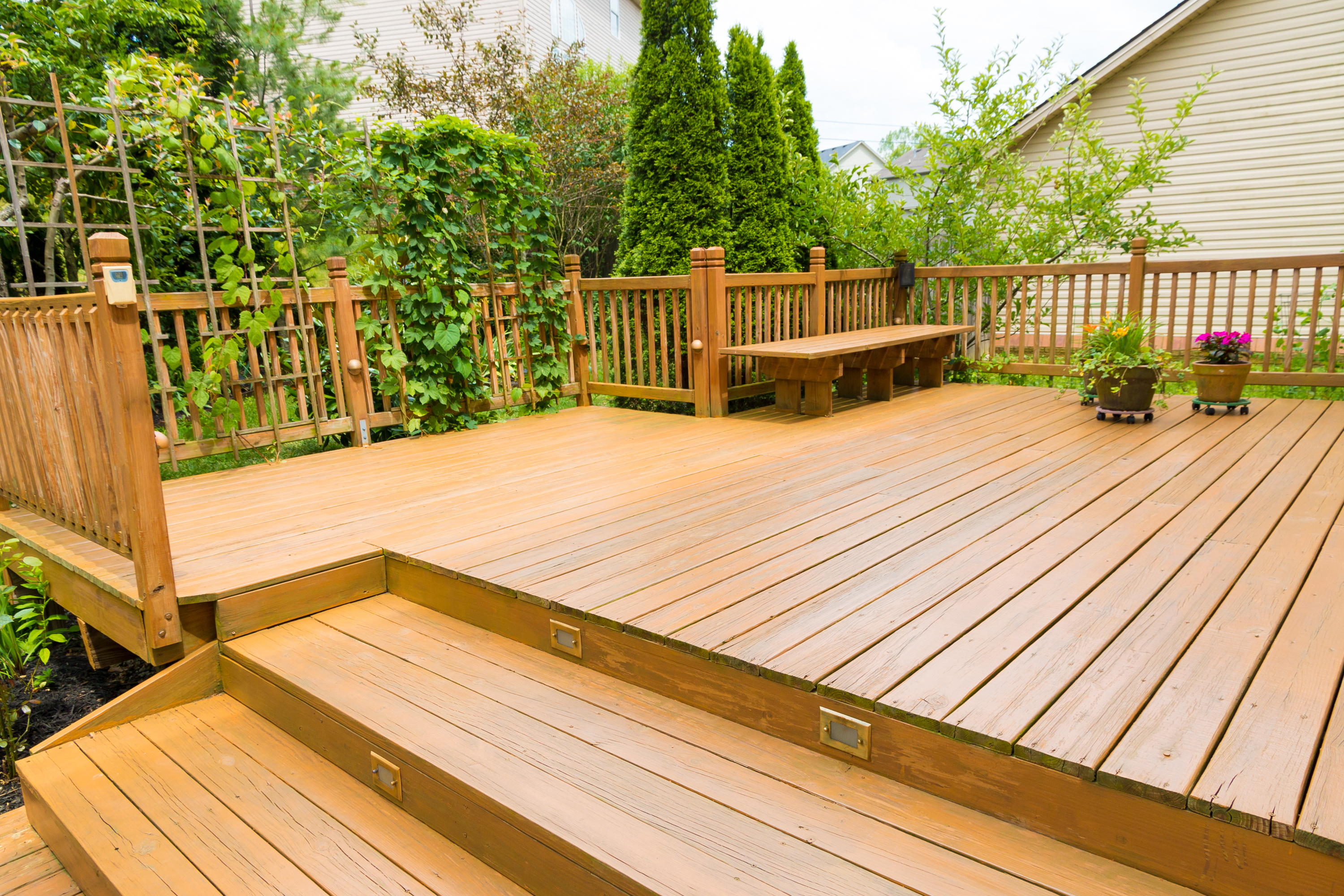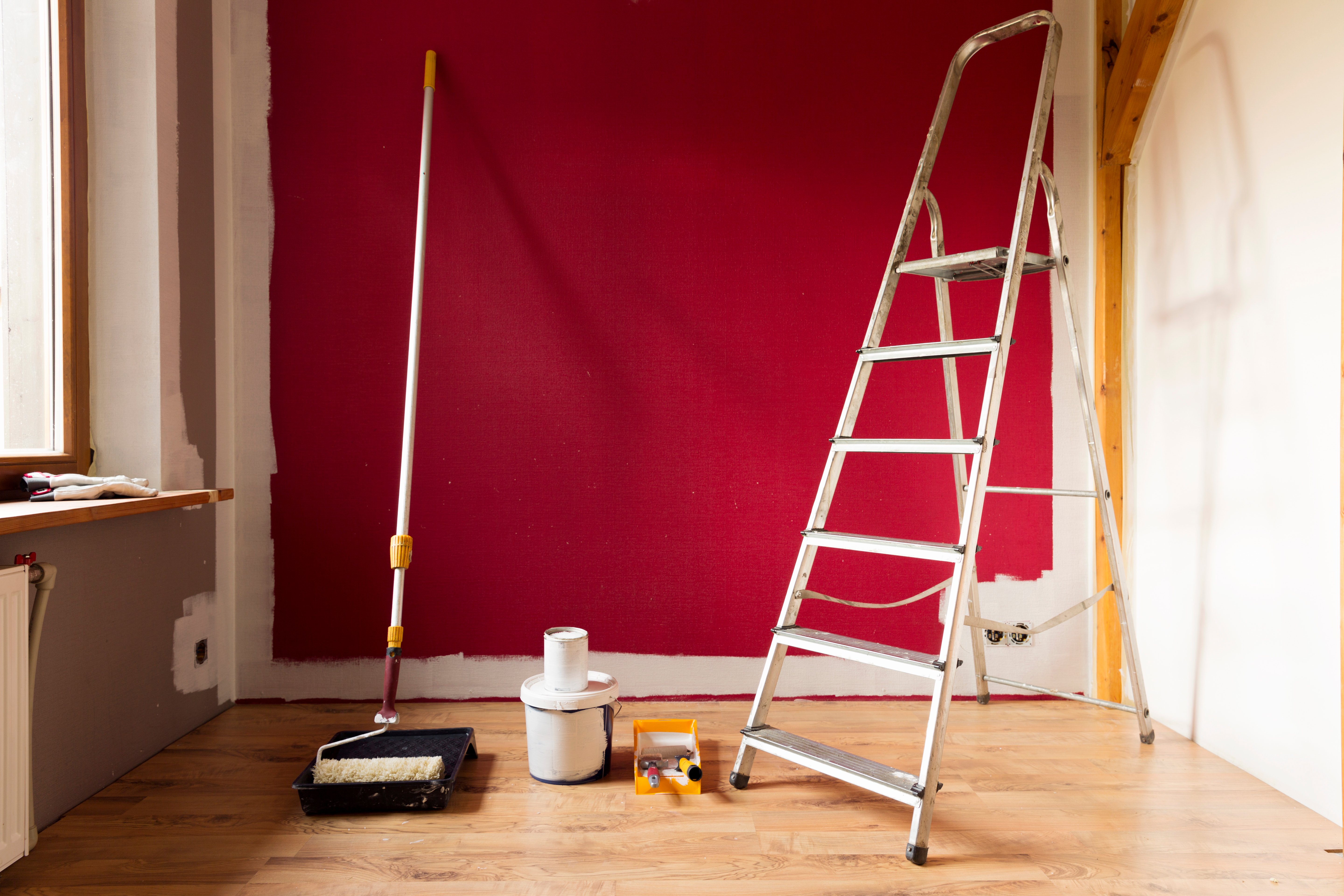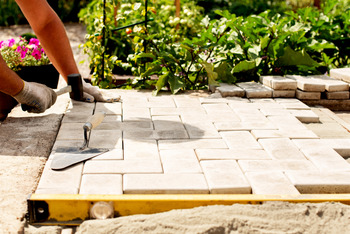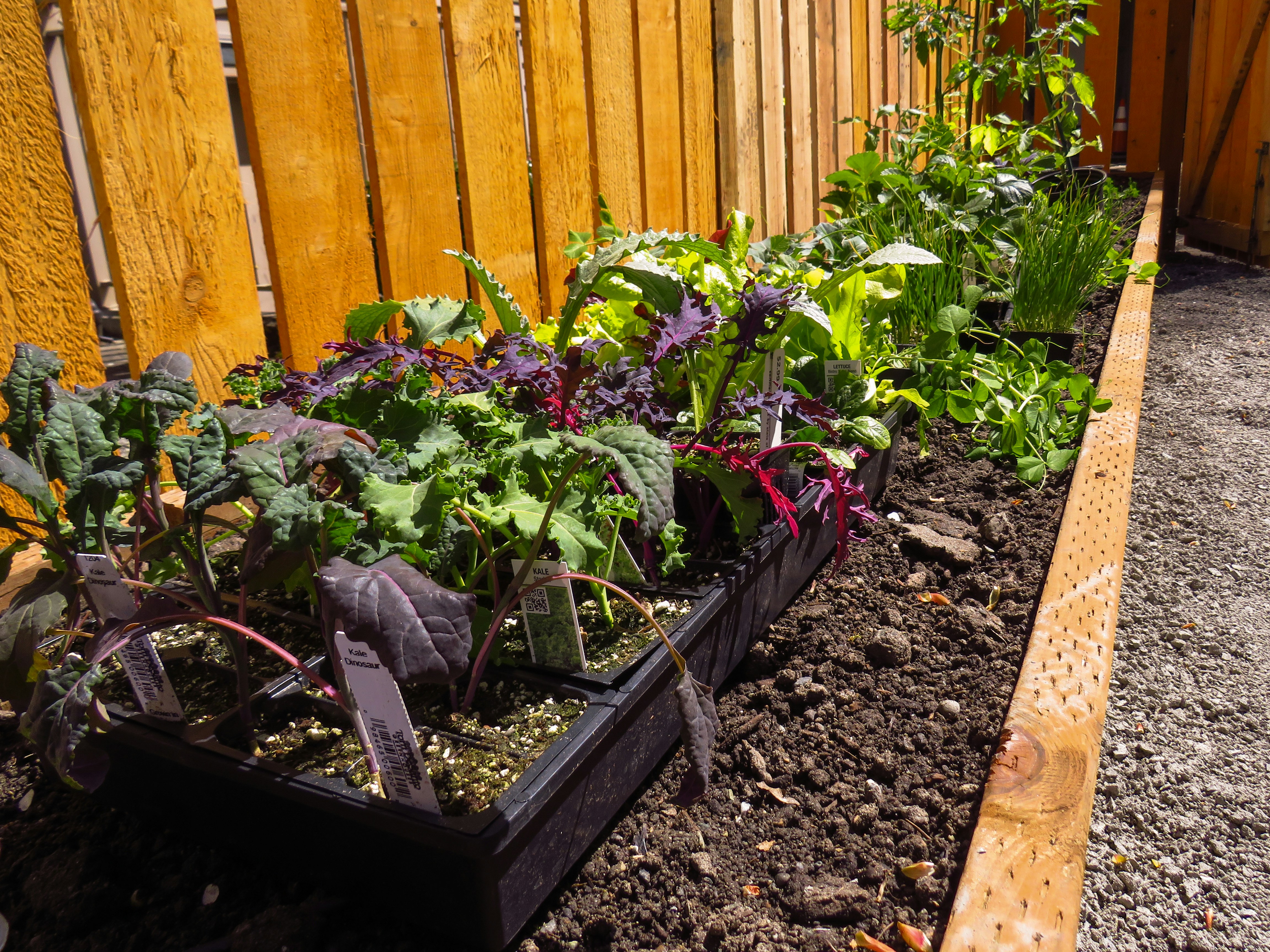Dampness in homes can be a persistent and detrimental issue, causing not only physical damage to the structure but also posing health risks. Damp conditions create a breeding ground for mold and mildew, leading to respiratory problems and other health concerns.
In this comprehensive guide, we will explore effective ways to damp-proof your house, ensuring a dry and healthy living environment for you and your family.
Identify the Source of Dampness
The first step in damp-proofing your house is to identify the source of the dampness. Common culprits include leaky roofs, damaged gutters, faulty plumbing, or poor ventilation. Conduct a thorough inspection of possible dampness sources to pinpoint the areas that require attention.
Improve Ventilation
Proper ventilation is crucial in preventing dampness. Ensure that your home is well-ventilated by using exhaust fans in kitchens and bathrooms. Open windows regularly to allow fresh air to circulate, reducing humidity levels inside the house.
Repair Roof Leaks
A leaky roof can be a major contributor to dampness. Regularly inspect your roof for any signs of damage or leaks. Repair any damaged shingles, flashing, or seals promptly to prevent water from seeping into your home.
Maintain Gutters and Downspouts
Clogged gutters and downspouts can lead to water accumulation around your home's foundation, causing dampness. Clean gutters regularly and ensure downspouts direct water away from the foundation. Consider installing gutter guards to prevent debris buildup.
Seal Cracks and Gaps
Small cracks and gaps in your home's exterior can allow moisture to penetrate. Seal any openings in walls, windows, and doors using weatherstripping, caulking, or sealants. This not only keeps moisture out but also improves energy efficiency.
Waterproofing
Consider applying waterproofing solutions to vulnerable areas like basements and crawl spaces. Waterproof paints and sealants can create a barrier against water infiltration, protecting your home from dampness.
Install a Damp-Proof Course
If your home lacks a damp-proof course (DPC), consider installing one. A DPC is a layer of material that prevents moisture from rising through the walls. Consult with a professional to determine the most suitable DPC for your home.
Use Moisture Absorbers
In areas prone to dampness, such as basements or closets, use moisture absorbers or desiccants. These products help control humidity levels, reducing the risk of mold growth.
Damp proofing your house is essential for maintaining a healthy and structurally sound home. By identifying and addressing the sources of dampness, improving ventilation, and implementing preventive measures, you can create a dry and comfortable living space.
Regular maintenance and proactive measures will not only protect your home but also contribute to the well-being of your family.
Check out our full range of Sovereign Chemicals, the UK’s damp proofing specialist. They offer a solution for all types of moisture in buildings, from below ground tanking, rising damp treatment, and condensation clean up and control. Read here about Sovereign's solutions.


